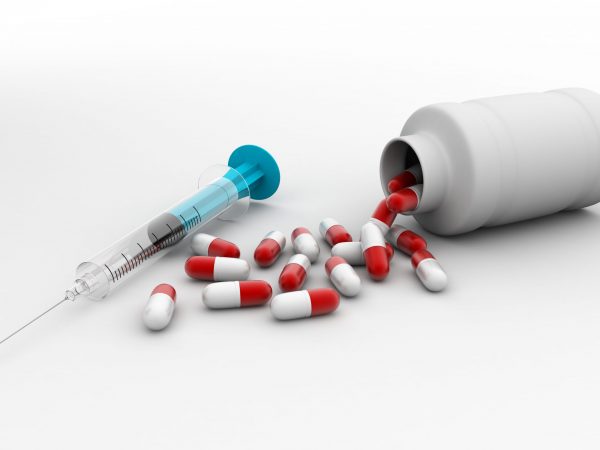Claire Fiddian-Green is the President & CEO of the Richard M. Fairbanks Foundation.
The Centers for Disease Control (CDC) recently released a report showing that new Hepatitis C cases in the U.S. grew by nearly 300 percent between 2010 and 2015. The root cause of this dramatic increase is the opioid epidemic – specifically, the use of needles to inject heroin and prescription painkillers. Unfortunately, Indiana is one of seven states with rates of Hepatitis C infection at least twice the national average.
This week, the Indiana State Department of Health released a county-level report detailing the broad and devastating toll of the opioid crisis in Indiana. The picture in Marion County is decidedly grim. Non-fatal emergency department visits due to opioid overdoses increased by 100 percent from 2011 to 2015 – much higher than the statewide increase of 60 percent. And the number of new Hepatitis C cases in Marion County grew by over 150 percent for that same period.
What can be done to reverse these alarming trends?
One of three primary recommendations for combatting the opioid epidemic described in a report released by the Richard M. Fairbanks Foundation last fall is to expand the capacity of “harm reduction” services in Indiana. Such services include access to naloxone, the life-saving drug used to revive people who have overdosed from opioids, and syringe exchange programs that combat the spread of infectious diseases like Hepatitis C and HIV – which result from the injection of drugs like heroin.
The other two recommendations included in the report are: to implement evidence-based prevention programs in schools, post-secondary institutions and the workplace; and to grow our state’s capacity to provide addiction treatment services to people who are grappling with addiction.
There are no easy solutions to Indiana’s opioid crisis. That’s why I was pleased to read the thoughtful plan proposed by Jim McClelland, Governor Holcomb’s Executive Director for Drug Prevention, Treatment and Enforcement, and approved unanimously yesterday by the Indiana Commission to Combat Drug Abuse. McClelland’s plan recognizes the enormous complexity of the epidemic and provides a compelling guide for how public and private stakeholders across Indiana can work together to tackle opioid use disorder. Like the Commission, the Fairbanks Foundation believes that successfully addressing the crisis will take a collaborative, data-driven, cross-sector approach that incorporates prevention, access to comprehensive treatment, and expansion of harm reduction services to save Hoosier lives today – and over the long term.


